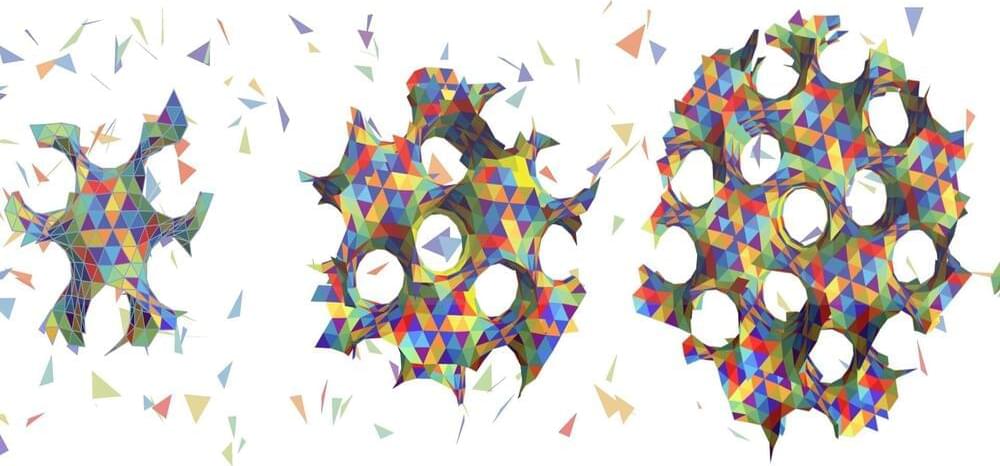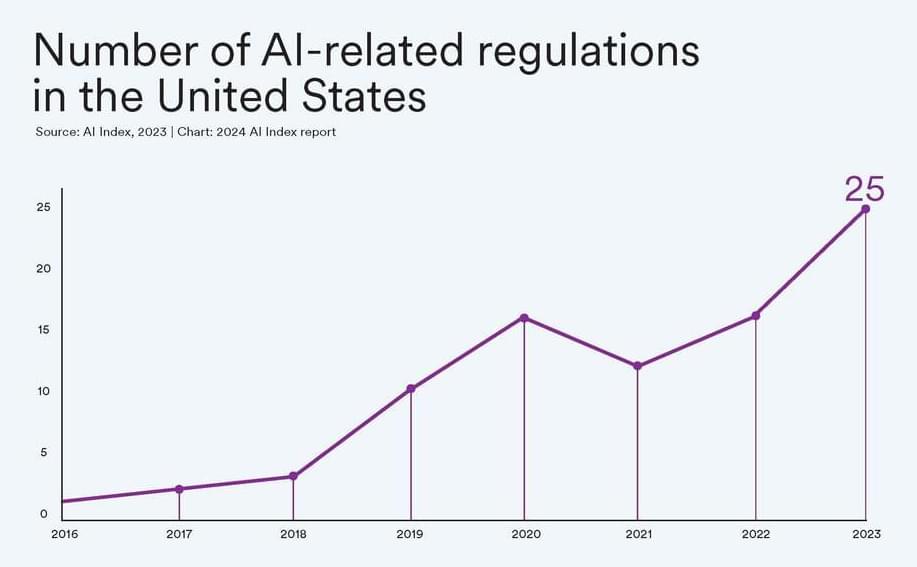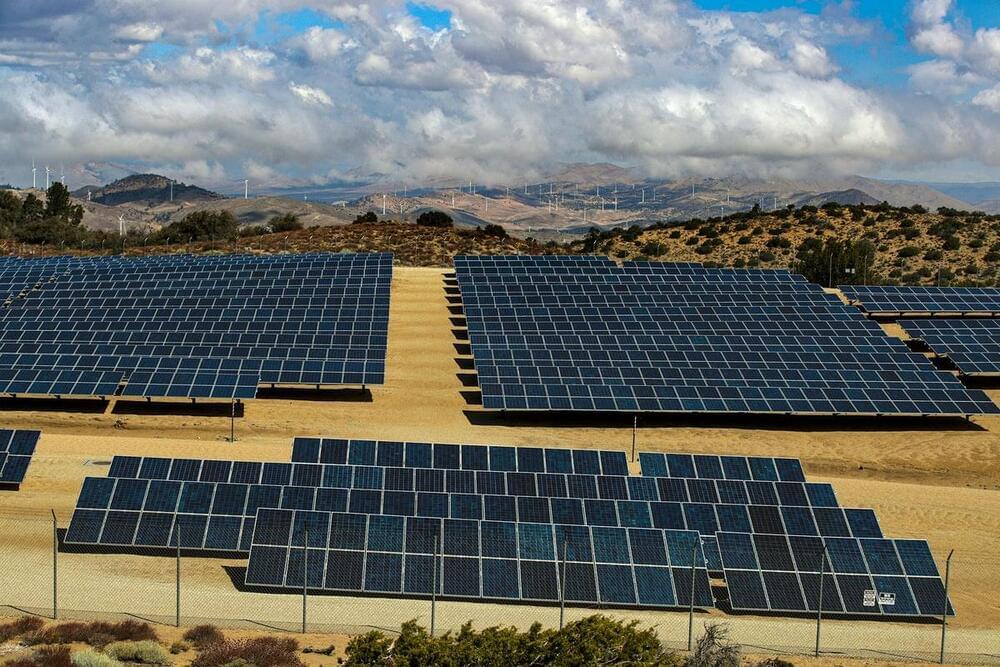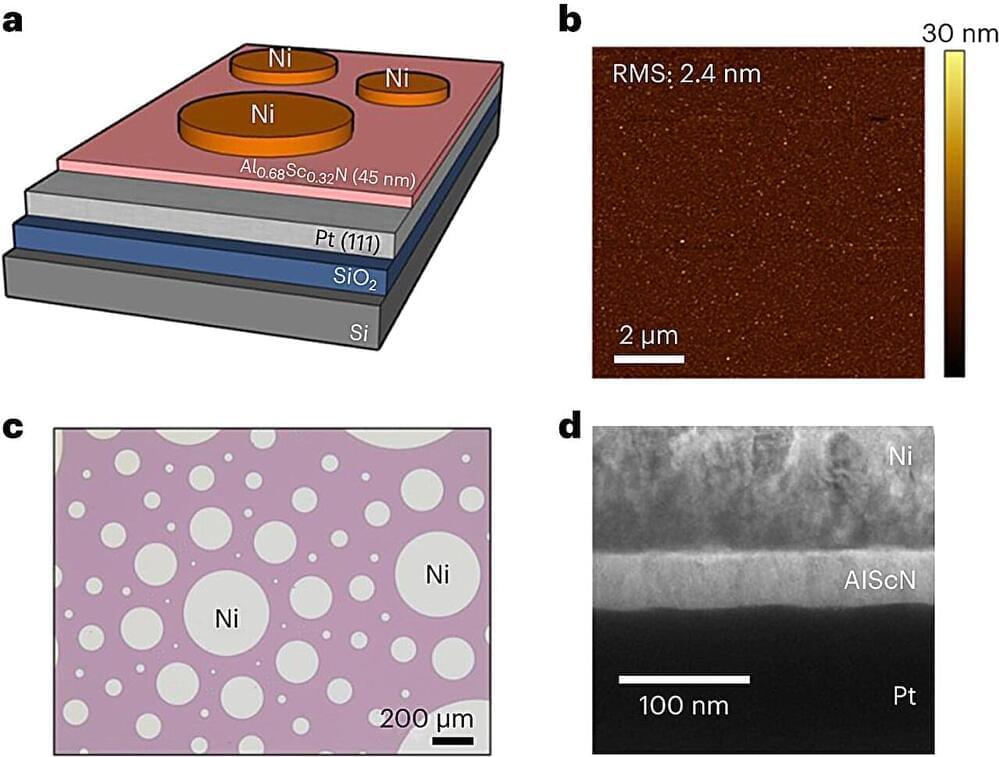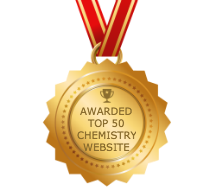Amazon.com: The Basic Laws of Human Stupidity: 9780385546478: Cipolla, Carlo M., Taleb, Nassim Nicholas: Books.
Page 19
May 1, 2024
The Weird Experiment that Changes When Observed
Posted by Shailesh Prasad in category: quantum physics

The double-slit experiment is the strangest phenomenon in physics. Try https://brilliant.org/Newsthink/ for FREE for 30 days, and the first 200 people will get 20% off their annual premium subscription.
Watch our vid on another experiment that defies logic: • The Weird Experiment That Defies Logic (quantum entanglement)
Continue reading “The Weird Experiment that Changes When Observed” »
May 1, 2024
Scientists Say New Material Can Suck Carbon Out of Atmosphere Faster Than Trees
Posted by Shailesh Prasad in categories: climatology, computing, sustainability
A team of scientists in the United Kingdom say they’ve discovered a porous material that has the potential to store large quantities of greenhouse gases, making it a possible new tool in the arsenal to fight climate change.
The scientists detailed how they used computational models to develop this material in a newly published paper in the journal Nature Synthesis, arguing that certain features of the structure could make it excellent storage for carbon dioxide and sulphur hexafluoride, another powerful greenhouse gas.
“This is an exciting discovery because we need new porous materials to help solve society’s biggest challenges,” engineering professor Marc Little from Edinburgh’s Heriot-Watt University said in a statement about the research.
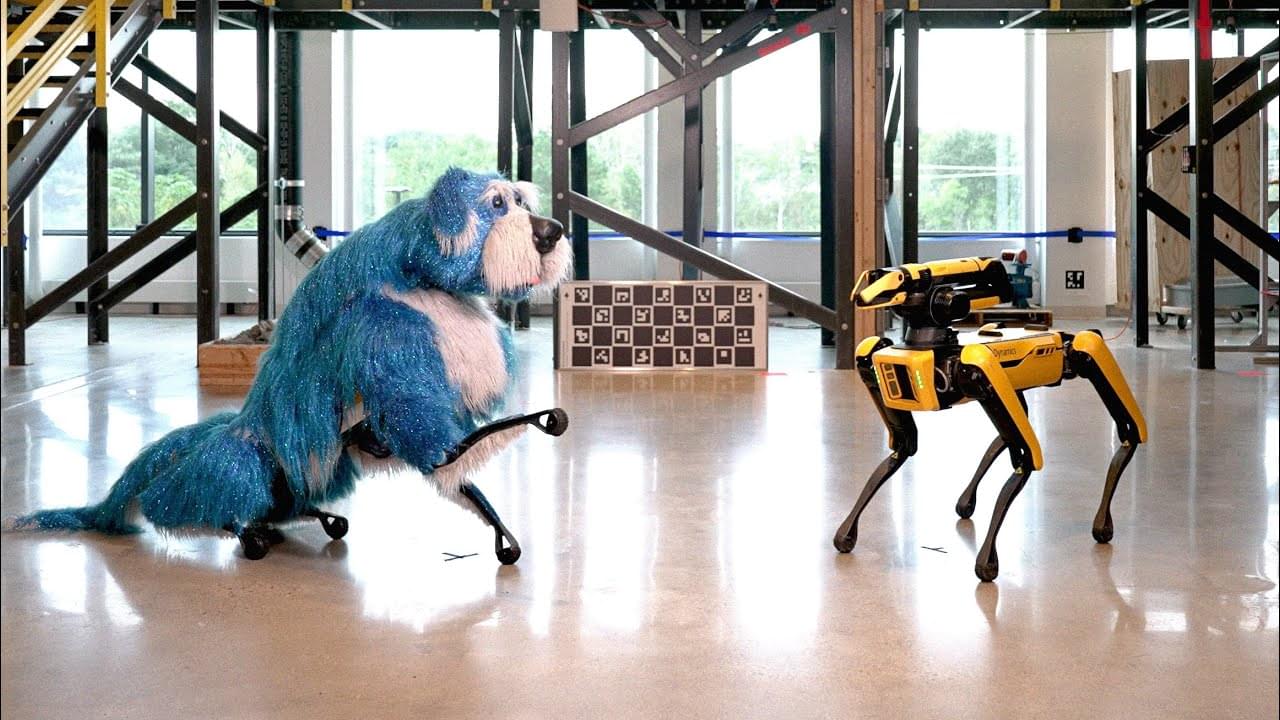
This #InternationalDanceDay, Spot is meeting another strange dog and making friends through the power of dance. Meet Sparkles!
May 1, 2024
New class of spongy materials can self-assemble into precisely controllable structures
Posted by Paul Battista in categories: computing, materials
A team of researchers led by the University of Massachusetts Amherst has drawn inspiration from a wide variety of natural geometric motifs—including those of 12-sided dice and potato chips—in order to extend a set of well-known design principles to an entirely new class of spongy materials that can self-assemble into precisely controllable structures.
May 1, 2024
InstantFamily: Masked Attention for Zero-shot Multi-ID Image Generation
Posted by Cecile G. Tamura in category: futurism
Instant Family.
Masked attention for zero-shot multi-id image generation.
In the field of personalized image generation, the ability to create images preserving concepts has significantly improved.
Continue reading “InstantFamily: Masked Attention for Zero-shot Multi-ID Image Generation” »
May 1, 2024
Stanford just released its annual AI Index report. Here’s what it reveals
Posted by Kelvin Dafiaghor in category: robotics/AI
The report, which is in its seventh edition, covers trends such as technical advancements in AI, public perceptions of the technology and the geopolitical dynamics surrounding its development.
May 1, 2024
A Golden Age of Renewables Is Beginning, and California Is Leading the Way
Posted by Shailesh Prasad in category: economics
California has hit record-breaking milestones in renewable electricity generation, showing that wind, water and solar are ready to cover our electricity needs.
Something spectacular is happening in the Golden State. California—the fifth-largest economy in the world—has experienced a record-breaking string of days in which the combined generation of wind, geothermal, hydroelectric and solar electricity has exceeded demand on the main electricity grid for anywhere from 15 minutes to 9.25 hours per day. These clean, renewable electricity sources are collectively known as wind-water-solar (WWS) sources.
May 1, 2024
Turning up the heat on data storage: New memory device paves the way for AI computing in extreme environments
Posted by Shailesh Prasad in categories: mobile phones, robotics/AI, space
A smartphone shutting down on a sweltering day is an all-too-common annoyance that may accompany a trip to the beach on a sunny afternoon. Electronic memory within these devices isn’t built to handle extreme heat.
As temperatures climb, the electrons that store data become unstable and begin to escape, leading to device failure and loss of information. But what if gadgets could withstand not just a hot summer day but the searing conditions of a jet engine or the harsh surface of Venus?
In a paper published in the journal Nature Electronics, Deep Jariwala and Roy Olsson of the University of Pennsylvania and their teams at the School of Engineering and Applied Science demonstrated memory technology capable of enduring temperatures as high as 600° Celsius—more than twice the tolerance of any commercial drives on the market—and these characteristics were maintained for more than 60 hours, indicating exceptional stability and reliability.


